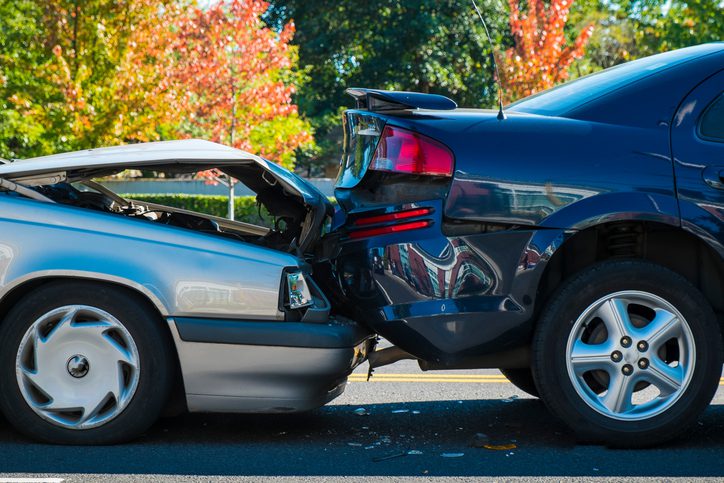The 15 minutes of the day you’re most likely to have a car collision

As schools in England prepare to welcome over 9 million pupils through the doors again this September, Aviva is urging drivers to be extra cautious on the school run.
New data from the insurer reveals that Friday between 3pm and 3:15pm is the most probable time to have a motor collision. Historical data shows that this 15-minute slot has held the top spot since 2020, and 2023 figures show no sign of the trend declining.
New rush hour?
Perhaps surprisingly, traditional morning and evening rush hour commutes (between 7-9am and 5-7pm) are not featured in the top five most likely times to have an accident. Aviva’s 2022 collision data shows that more than one in four of all collision claims were between 2-4pm, coinciding with peak school run traffic.
Traditional rush hour times still account for a significant number of claims, with 14% of crashes occurring between 7-9am and 17% between 5-7pm.
Top five times of day with the highest number of collisions
School driving fails
According to an Aviva survey on school-run driving, 16% of people who drop off their children at school / nursery have witnessed a vehicle collision on the school run and 84% have encountered a motoring incident or poor parking.
A previous Aviva study4found that a quarter (25%) of people who drove their children to school were short of time and felt driving was the quickest solution, while 17% were worried about road safety and believed driving to be the safest way to travel to and from school.
Aviva has the following guidance for drivers on the school run:
Slow down.The speed limit around schools is 20mph and for good reason – travelling at this speed makes you more aware and in control, lets you react quicker and helps avoid collisions. Traffic calming measures like speed bumps may also be in place, so avoid potential damage to your vehicle by navigating these at a sensible speed.Be extra vigilant. Watch out for pedestrians, especially children crossing the road who might be distracted. Be aware of other drivers on the school run who may be in a hurry and driving without due care or attention.Take the pressure off. According to Aviva research, a quarter of respondents said they chose to drive on the school run as they were short of time. Avoid the panic by leaving a few minutes earlier where possible, to compensate for traffic and unexpected delays, especially on Friday afternoons.Follow the yellow lines. Double yellow lines mean no waiting at any time, while single yellows mean you must not wait or park during the times shown on nearby signs.Know your parking geography. Don’t park too close to junctions, or cause annoyance to residents in the area by parking inconsiderately across driveways.Sharing is caring. Consider finding a local carpool or sharing lifts with friends to reduce the number of vehicles on the roads.Keep your cool. More than a quarter (26%) of school runners surveyed said they’d witnessed arguments either between drivers or between drivers and pedestrians. Be patient and mindful of other road users.
Alec Reeder, Interim Chief Underwriting Officer – Retail, at Aviva says: “September sees the return of the school run for much of the UK and there’s no doubt this is one of the most hectic parts of the day. That’s why it’s so important to leave extra time to avoid a last-minute panic and rushed driving.
“Hybrid working patterns mean more people now have the flexibility to collect their children from school, but working and factoring in a pick-up deadline can leave many watching the clock and squeezing the time until school’s out. We see this especially on a Friday afternoon, where people may be in an extra hurry to beat weekend getaway traffic.
“Paying attention to where you park could also save you and others from accidents and frustrations. Parking inconsiderately, or in the wrong place, could land you with a hefty fine and you could be at fault, even if another vehicle crashes into you, so it’s worth doing your homework on safe – and legal – places to park near to school.”




